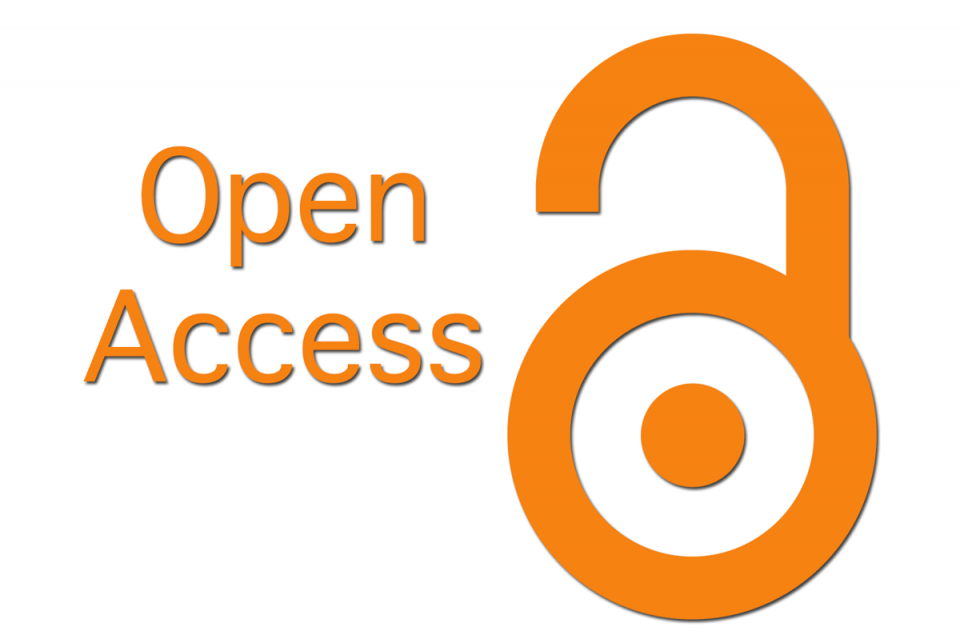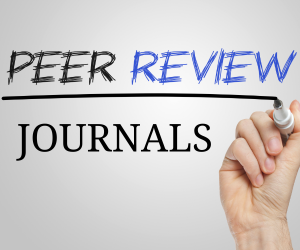PHARMACOGNOSY AND BIODIVERSITY CONSERVATION BALANCING TRADITIONAL KNOWLEDGE AND SUSTAINABLE USE
Keywords:
Pharmacognosy, biodiversity conservation, traditional knowledge, sustainable use, medicinal plants, intellectual property rights, biopiracy, stakeholder collaboration, natural products, drug discoveryAbstract
Pharmacognosy, the study of natural products and their applications in medicine, plays a crucial role in modern drug discovery and development. This paper explores the interconnection between pharmacognosy, traditional knowledge, and biodiversity conservation, emphasizing the need for sustainable use of natural resources. Traditional knowledge provides valuable insights into the medicinal properties of plants and other natural products, but it faces challenges such as cultural erosion and biopiracy. Sustainable harvesting practices and effective policy frameworks are essential to balance conservation and utilization. Enhancing collaboration among stakeholders, including researchers, policymakers, and indigenous communities, is vital for integrating traditional knowledge with scientific research and achieving sustainable biodiversity conservation. This paper highlights the importance of an integrated approach to ensure that natural resources are used responsibly, benefiting both current and future generations.
Downloads
References
Balick, M.J., & Cox, P.A. (2021). Plants, People, and Culture: The Science of
Ethnobotany. Scientific American Library.
Berkes, F. (2004). Rethinking community-based conservation. Conservation Biology,
(3), 621-630.
Berkes, F., Colding, J., &Folke, C. (2000). Rediscovery of traditional ecological
knowledge as adaptive management. Ecological Applications, 10(5), 1251-1262.
Brondízio, E.S., Safar, C.A., &Siqueira, A.D. (2002). The urban market of açaí fruit
(Euterpeoleracea Mart.) and rural land use change: Ethnographic insights into the role of
price and land tenure constraining agricultural choices in the Amazon estuary. Urban
Ecosystems, 6(1-2), 67-97.
Cardinale, B.J., Duffy, J.E., Gonzalez, A., et al. (2012). Biodiversity loss and its impact
on humanity. Nature, 486, 59-67.
CBD (Convention on Biological Diversity). (2010). The Nagoya Protocol on Access and
Benefit-sharing. Retrieved from CBD.int.
CITES (Convention on International Trade in Endangered Species of Wild Fauna and
Flora). (2013). What is CITES? Retrieved from CITES.org.
Cunningham, A.B. (2001). Applied Ethnobotany: People, Wild Plant Use and
Conservation. Earthscan.
Fabricant, D.S., & Farnsworth, N.R. (2001). The value of plants used in traditional
medicine for drug discovery. Environmental Health Perspectives, 109(Suppl 1), 69-75.
Flora, K., Hahn, M., Rosen, H., & Benner, K. (2013). Milk thistle (Silybummarianum)
for the therapy of liver disease. American Journal of Gastroenterology, 93(2), 139-143.
Gadgil, M., Berkes, F., &Folke, C. (1993). Indigenous knowledge for biodiversity
conservation. Ambio, 22(2-3), 151-156.
Grumbine, R.E. (1994). What is ecosystem management? Conservation Biology, 8(1), 27-38.
Heinrich, M., Barnes, J., Gibbons, S., & Williamson, E.M. (2012). Fundamentals of
Pharmacognosy and Phytotherapy. Elsevier Health Sciences.
Kumar, S., &Navaratnam, V. (2013). Neem (Azadirachtaindica): Prehistory to
contemporary medicinal uses to humankind. Asian Pacific Journal of Tropical
Biomedicine, 3(7), 505-514.
Newman, D.J., &Cragg, G.M. (2016). Natural products as sources of new drugs from
to 2014. Journal of Natural Products, 79(3), 629-661.
Newton, L.E., & Vaughan, J.G. (1996). Sustainable use of Aloe in southern Africa. Plants
for Human Needs, 6(3), 31-34.
Pimm, S.L., Jenkins, C.N., Abell, R., et al. (2014). The biodiversity of species and their
rates of extinction, distribution, and protection. Science, 344(6187), 1246752.
Posey, D.A. (2002). Traditional ecological knowledge: The links with sustainability and
conservation. Encyclopedia of Global Environmental Change, 5, 531-532.
Reid, W.V., Berkes, F., Wilbanks, T., & Capistrano, D. (2010). Bridging Scales and
Knowledge Systems: Concepts and Applications in Ecosystem Assessment. Island Press.
Shiva, V. (2007). Biopiracy: The Plunder of Nature and Knowledge. South End Press.
Tu, Y. (2016). Artemisinin—a gift from traditional Chinese medicine to the world (Nobel
Lecture). AngewandteChemie International Edition, 55(35), 10210-10226.
Downloads
Published
Issue
Section
License
You are free to:
- Share — copy and redistribute the material in any medium or format for any purpose, even commercially.
- Adapt — remix, transform, and build upon the material for any purpose, even commercially.
- The licensor cannot revoke these freedoms as long as you follow the license terms.
Under the following terms:
- Attribution — You must give appropriate credit , provide a link to the license, and indicate if changes were made . You may do so in any reasonable manner, but not in any way that suggests the licensor endorses you or your use.
- No additional restrictions — You may not apply legal terms or technological measures that legally restrict others from doing anything the license permits.
Notices:
You do not have to comply with the license for elements of the material in the public domain or where your use is permitted by an applicable exception or limitation .
No warranties are given. The license may not give you all of the permissions necessary for your intended use. For example, other rights such as publicity, privacy, or moral rights may limit how you use the material.







